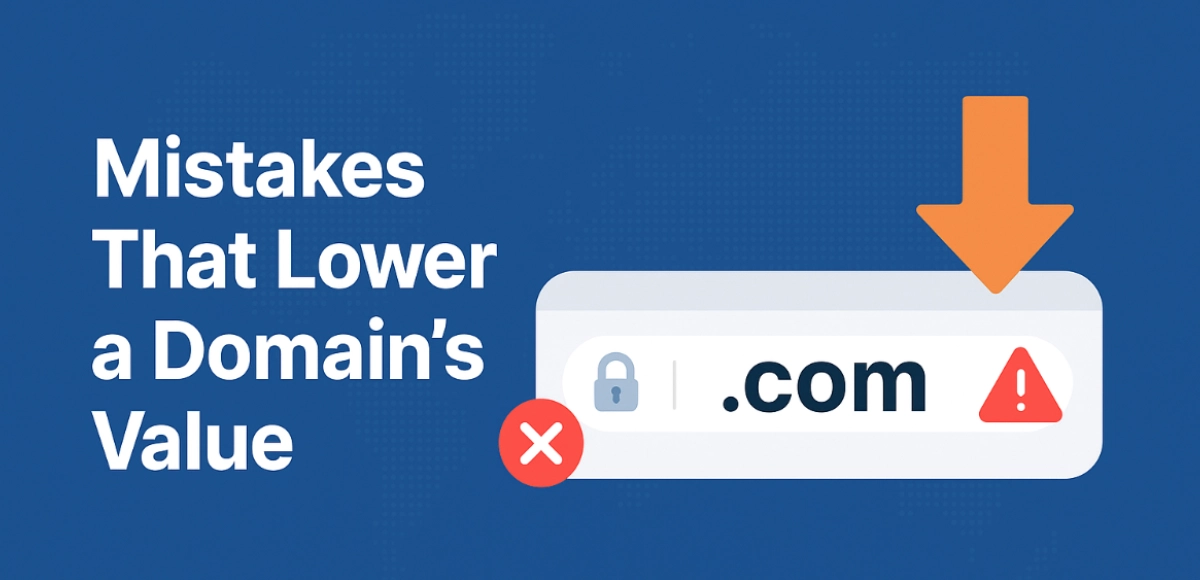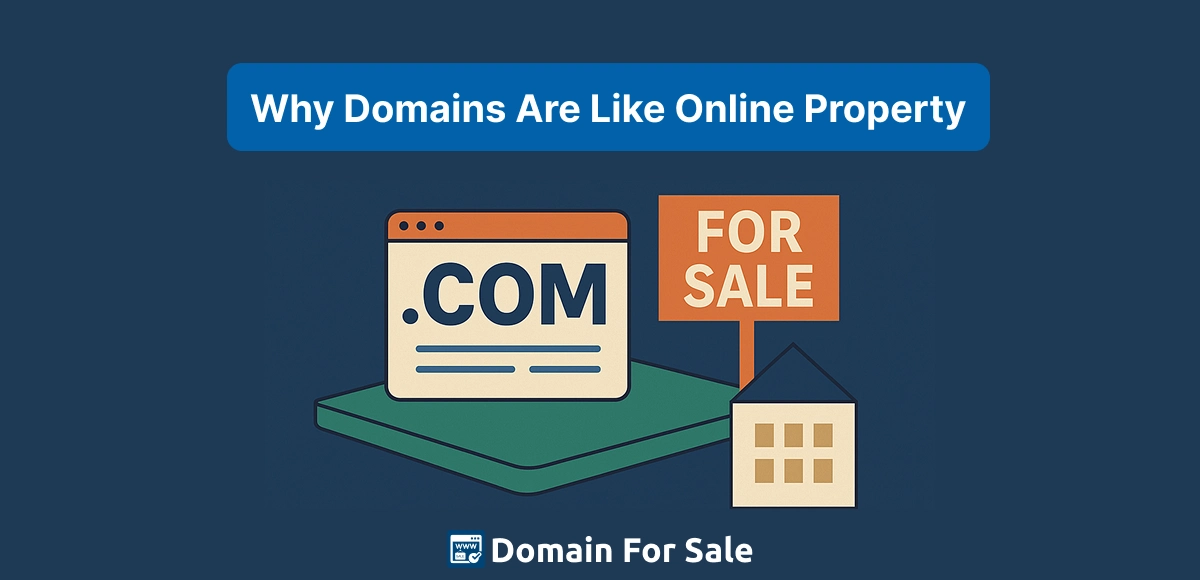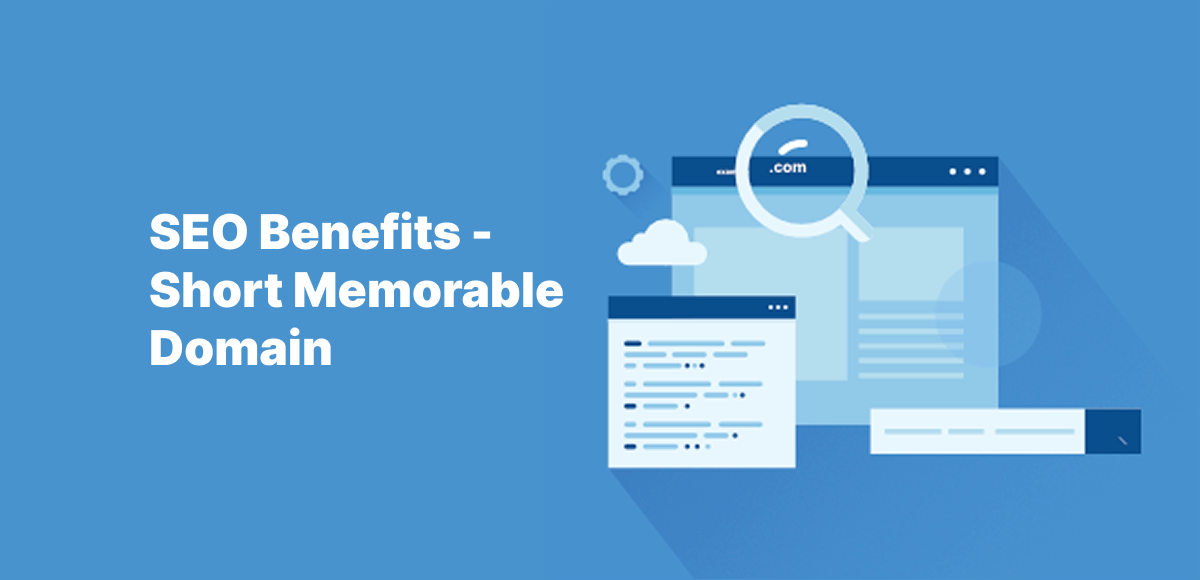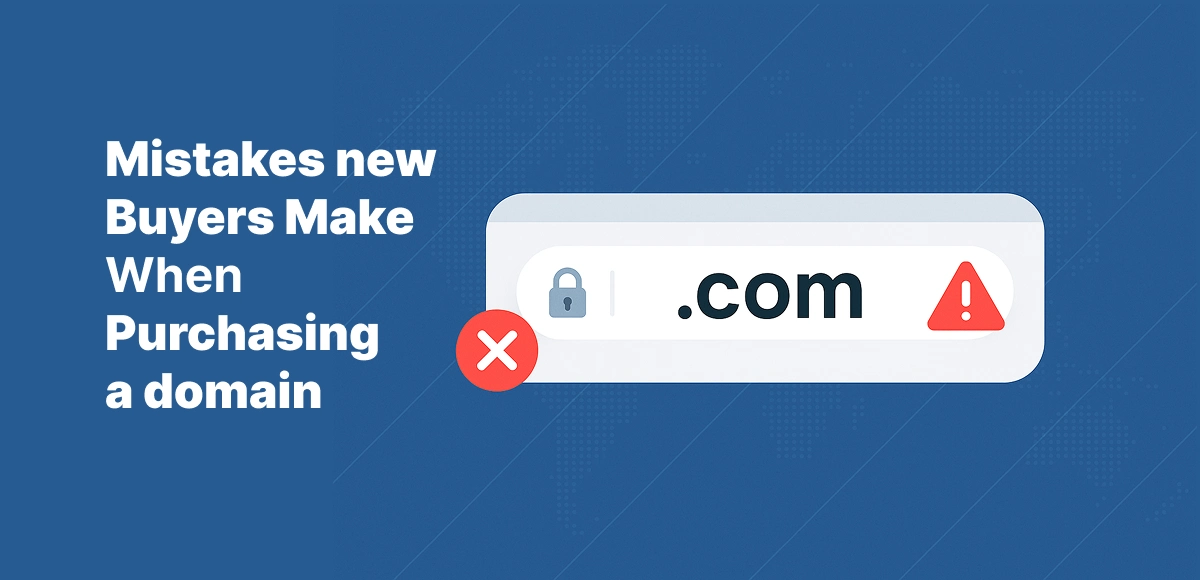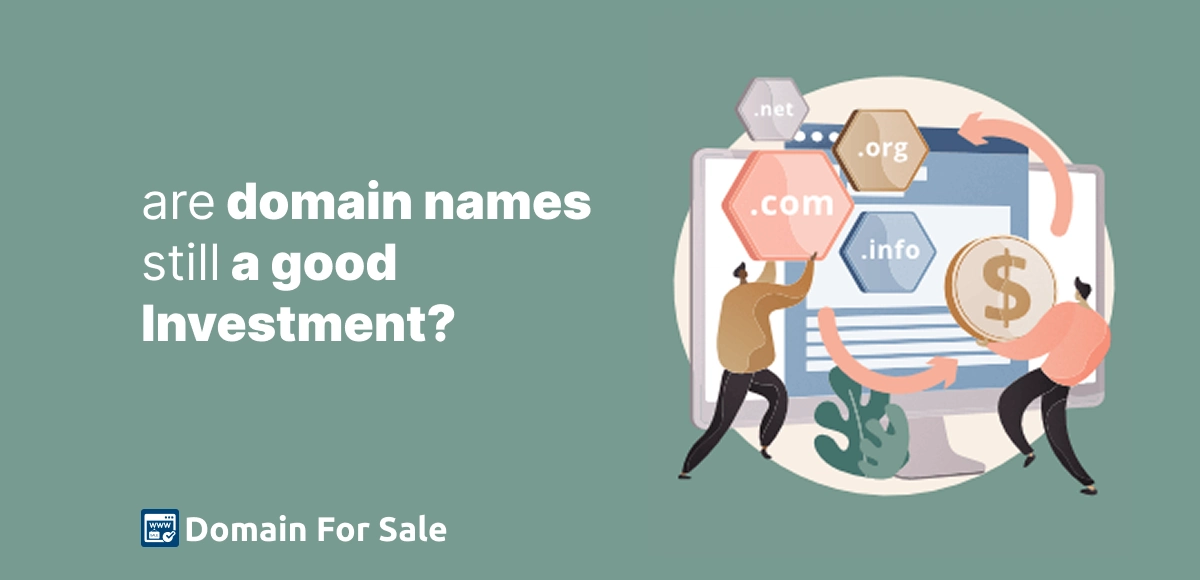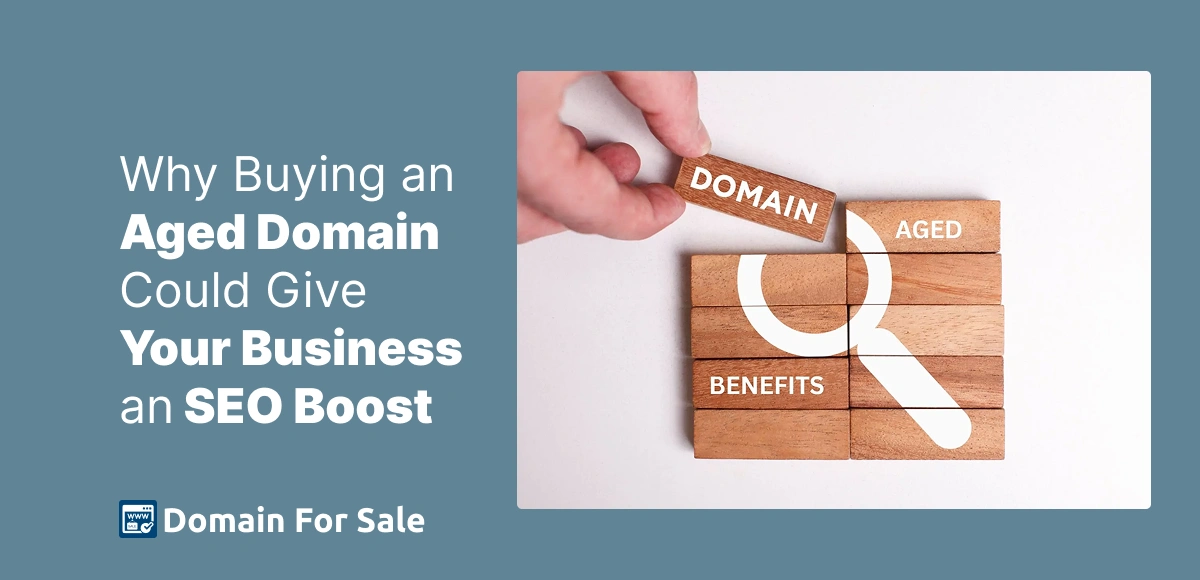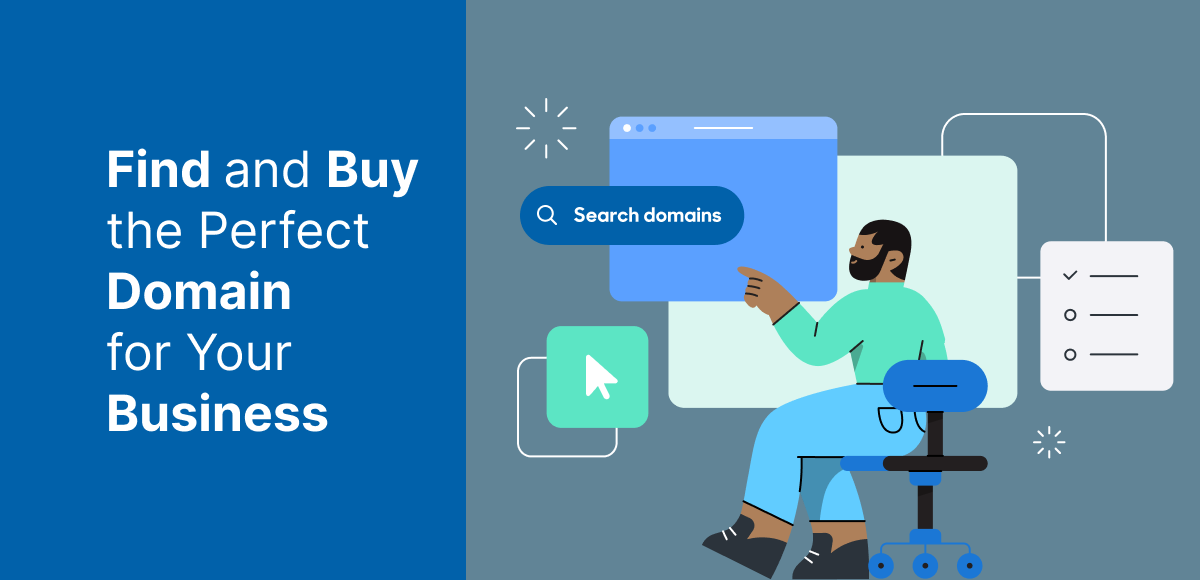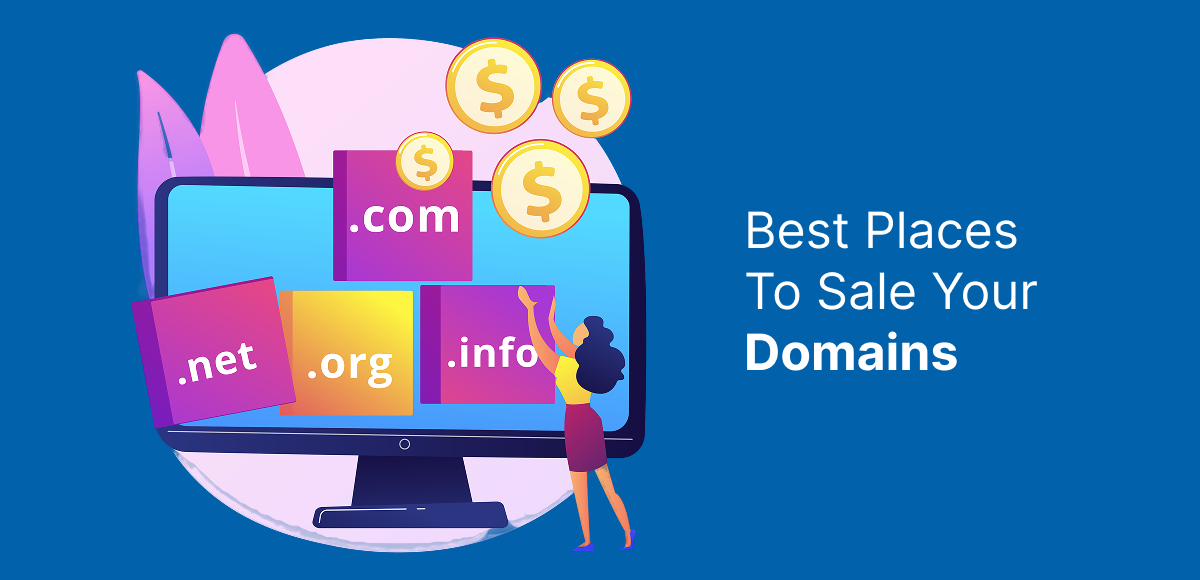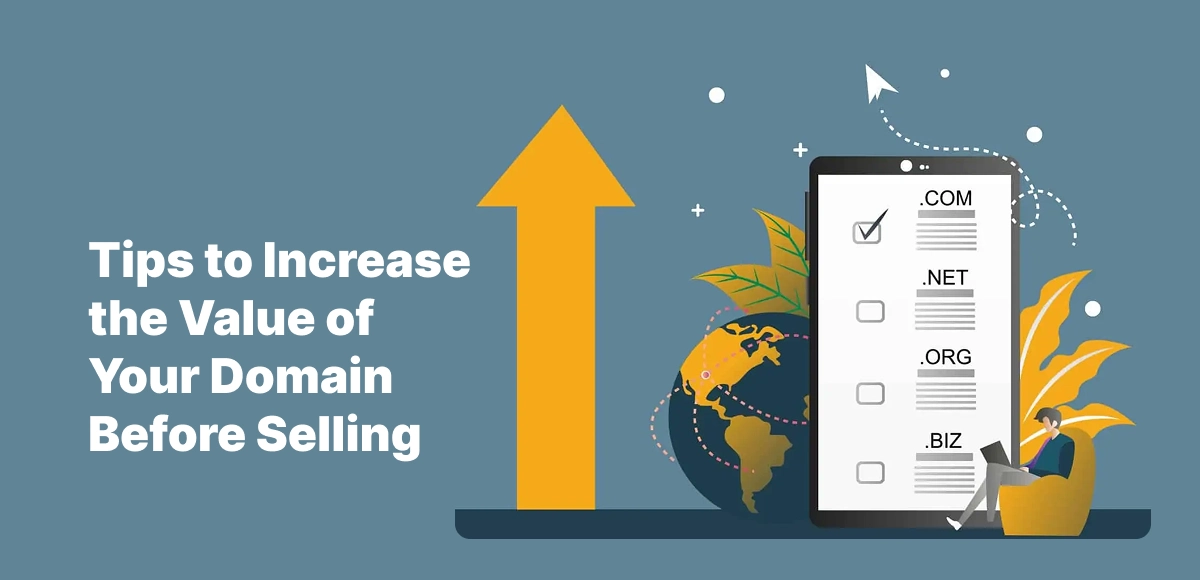Introduction
In 2025, your domain name is more than just an online address — it’s a digital asset that can gain or lose value based on how you manage it. Whether you’re an investor, entrepreneur, or brand owner, domain value plays a major role in how your website performs in search results and how buyers perceive your credibility.
But here’s the catch: even high-quality domains can lose value if handled poorly. From neglecting renewals to overusing keywords, simple missteps can drastically reduce what your domain is worth — both in the market and in SEO.
To help you protect your investment, let’s explore the 5 mistakes that lower domain value and how to avoid them, so your domains stay profitable and powerful in 2025.
Table of Contents
Mistake 1 – Using Spammy or Over-Optimized Keywords
One of the most common mistakes that lower domain value is stuffing too many keywords into the name. While it might seem smart to include every possible search term, over-optimized or spammy domains often backfire.
Why Keyword Stuffing Hurts SEO and Branding
Search engines and users both value authenticity. A domain like BestCheapHostingDealsOnline.com might look descriptive, but it feels forced and untrustworthy. Google’s algorithms have evolved to favor natural, brandable domains that reflect credibility and user experience.
On the other hand, something clean and memorable like HostingHero.com instantly feels more professional and authoritative — two key qualities that improve SEO and attract buyers.
How to Avoid This Mistake
- Keep it short and brandable. Aim for a name that balances clarity with creativity.
- Avoid keyword overload. One keyword is fine — four is too many.
- Think long-term. Choose a name that could grow with your business or appeal to multiple industries.
💡 Pro Tip: Always ask, “Would I trust this domain if I saw it in Google search results?” If the answer is no, it’s probably too spammy.
Mistake 2 – Ignoring Domain History Before Buying
Another major mistake that lowers domain value is buying a name without checking its history. Just like buying used property, you need to know what’s been built—and possibly broken—before you take ownership.
Why Domain History Matters
Every domain carries a digital footprint. If a domain was previously used for spam, malware, or shady SEO tactics, that history doesn’t just disappear. Google may have already penalized it, making it much harder for you to rank or resell later.
Tools to Research Domain History
Before you invest, use trusted SEO tools to get a clear picture of a domain’s past:
- Ahrefs – Check backlinks, anchor text, and referring domains.
- Moz – Analyze domain authority and spam score.
- Wayback Machine – See what the domain’s old versions looked like and how it was used.
These tools reveal whether the domain had legitimate use—or if it’s been part of spam networks or link farms.
How Spammy Backlinks or Penalties Ruin Rankings
If a domain has thousands of low-quality backlinks or signs of penalty, you could spend months trying to clean it up without ever fully restoring its SEO potential. That’s time and money wasted—two things that directly lower your domain’s overall value.
💡 Pro Tip: Always review a domain’s backlink profile and past content before buying. A few minutes of research can save you from inheriting years of SEO damage.
Mistake 3 – Letting the Domain Expire or Neglecting Renewals
It might sound simple, but forgetting to renew your domain is one of the most painful mistakes that lower domain value—and it happens more often than you’d think.
Lost Domains = Lost Trust, Backlinks, and Rankings
When a domain expires, you don’t just lose ownership—you lose everything tied to it: search rankings, backlinks, authority, and brand reputation. Once a domain enters the public market again, competitors or resellers can scoop it up within hours. Even if you recover it later, rebuilding SEO trust is an uphill battle.
Auto-Renew Best Practices
- Enable auto-renewal: This is the easiest way to ensure your domains never lapse.
- Keep payment info updated: Expired credit cards are one of the most common causes of failed renewals.
- Set reminders: Even with auto-renew, schedule an annual check-in to confirm all domains are active and billed correctly.
Many domain registrars like GoDaddy or Namecheap allow you to manage renewals from one dashboard, making it simple to monitor your portfolio.
Example: When Big Brands Forgot to Renew
Even major companies have made this mistake. In 2017, Microsoft briefly lost control of one of its cloud service domains because of a missed renewal, temporarily disrupting critical services. Smaller brands may not recover as easily—once your domain is gone, its value (and trust) often disappears with it.
💡 Pro Tip: Treat your domains like digital real estate—renew early, track often, and never assume “auto-renew” means “problem solved.”
Mistake 4 – Overpricing or Undervaluing Your Domain
Another common mistake that lowers domain value is failing to price your domain correctly. Many sellers either overestimate their domain’s worth and scare off potential buyers—or undervalue it and lose out on significant profit.
The Danger of Overpricing or Undervaluing
When you price too high, buyers assume you’re not serious or flexible. On the other hand, pricing too low gives the impression that your domain has little value. The goal is to find a price range that reflects both the domain’s market demand and intrinsic value (keywords, TLD, age, and backlinks).
Check Market Value with Appraisal Tools
Before setting a price, research similar sales and get professional estimates:
- GoDaddy Appraisals – Provides an instant estimated value based on real market data.
- NameBio – Offers a searchable database of verified domain sales to help you gauge realistic prices.
These tools give you a baseline for negotiation, helping you avoid emotional or arbitrary pricing decisions.
Use the Domain For Sale Plugin to Display Transparent Pricing
Once you’ve determined your ideal price, make it easy for buyers to see it. The Domain For Sale plugin lets you showcase your domains with clear pricing, inquiry forms, and trust signals—all from your WordPress site. Transparent pricing helps establish credibility and speeds up the decision-making process.
💡 Pro Tip: Always leave room for negotiation. Setting your asking price about 10–20% higher than your target sale amount allows flexibility while maintaining perceived value.
Mistake 5 – Skipping Branding and Landing Page Design
The last but equally critical mistake that lowers domain value is neglecting your domain’s presentation. Many owners simply park their domains on blank or generic pages, missing a huge opportunity to attract and convert potential buyers.
Why Unbranded or Plain Parked Pages Kill Domain Value
A parked domain with ads or “coming soon” text looks abandoned. Buyers are less likely to take it seriously, and Google rarely indexes such pages favorably. On the other hand, a branded, visually appealing landing page communicates that your domain is active, credible, and worth the price.
The Role of Trust Signals
Even a simple sales page should include:
- SSL Certificate (https://): Buyers trust secure websites.
- Clear Call-to-Action (CTA): “This domain is for sale” with a visible button or contact form.
- Contact Information: Let buyers reach you directly—no guessing or digging required.
These small details dramatically increase both perceived value and buyer confidence, two factors that influence faster sales.
How the Domain For Sale Plugin Helps
The Domain For Sale plugin makes it easy to create clean, professional landing pages that showcase your domains. With built-in SSL support, customizable layouts, and call-to-action buttons, you can turn a plain parked page into a polished buyer-ready experience in minutes.
💡 Pro Tip: Treat every domain like a storefront. A beautiful, trustworthy presentation makes buyers more willing to pay premium prices.
How to Protect and Increase Domain Value in 2025
Now that you know the mistakes that lower domain value, let’s focus on how to strengthen and grow it. Increasing a domain’s worth requires consistency, research, and presentation — not just ownership.
Invest in Short, Memorable, Keyword-Balanced Names
Domains that are short, easy to remember, and include relevant keywords continue to perform best in 2025. A short, brandable name not only attracts buyers but also boosts SEO and long-term recognition — key factors that increase domain value over time.
Keep Your Portfolio Renewed and Organized
Neglecting renewals is one of the most costly mistakes that lower domain value. Set all your domains to auto-renew, keep payment information current, and periodically review your portfolio to remove low-performing names. Organized management keeps your assets secure and your brand consistent.
Monitor Backlinks and Traffic Regularly
A domain’s backlink profile is one of its strongest indicators of value. Use tools like Ahrefs or Moz to track backlinks and organic traffic. Spotting issues early helps you prevent SEO penalties that could reduce your domain’s overall worth.
Showcase with Clean Landing Pages for Credibility
Even the best domain names need presentation. Using the Domain For Sale plugin ensures each of your domains has a secure, well-designed landing page that communicates value to potential buyers. Professional design and visible contact options build trust — which directly helps increase domain value.
💡 Pro Tip: Think of your domains like digital real estate. Maintenance, visibility, and trust all play equal roles in increasing value.
Final Thoughts
Avoiding these mistakes that lower domain value is one of the smartest ways to protect your digital assets and grow your online presence. From choosing the right name to maintaining renewals and branding, each small step adds long-term stability and worth.
The good news? Every domain can increase in value with the right care, consistency, and presentation. Treat your domains like investments — maintain them, showcase them professionally, and watch their value grow year after year.
FAQs About Domain Value in 2025
What reduces a domain’s value the fastest?
The fastest way to lose value is by ignoring quality control — things like spammy backlinks, expired renewals, or keyword-stuffed names. These are classic mistakes that lower domain value and can quickly destroy credibility with both search engines and buyers.
How can I check if a domain has a bad history?
You can analyze a domain’s past using tools like Ahrefs, Moz, and the Wayback Machine. Reviewing backlinks, content history, and ownership records helps identify whether a domain has been penalized or misused.
Do short domains always have higher value?
Generally, yes. Short, memorable domains are easier to brand and type, making them more desirable for buyers and better for SEO. However, relevance, trust, and branding quality matter just as much as length when you’re trying to increase domain value.
Can I recover a domain’s value after penalties?
It’s possible but takes time. You’ll need to remove bad backlinks, disavow spam sources, and rebuild the site with quality content. Consistent SEO work can help restore authority, though prevention is always better than recovery.
What’s the best way to showcase domains for sale?
Using the Domain For Sale plugin is the easiest and most effective option. It lets you design professional, secure, and mobile-friendly landing pages that highlight your domain’s strengths and attract serious buyers — helping you avoid mistakes that lower domain value.
Turn your domains into income-generating assets today.
The Domain For Sale plugin makes it effortless to create polished landing pages, display transparent pricing, and capture buyer leads — all from your WordPress dashboard.
